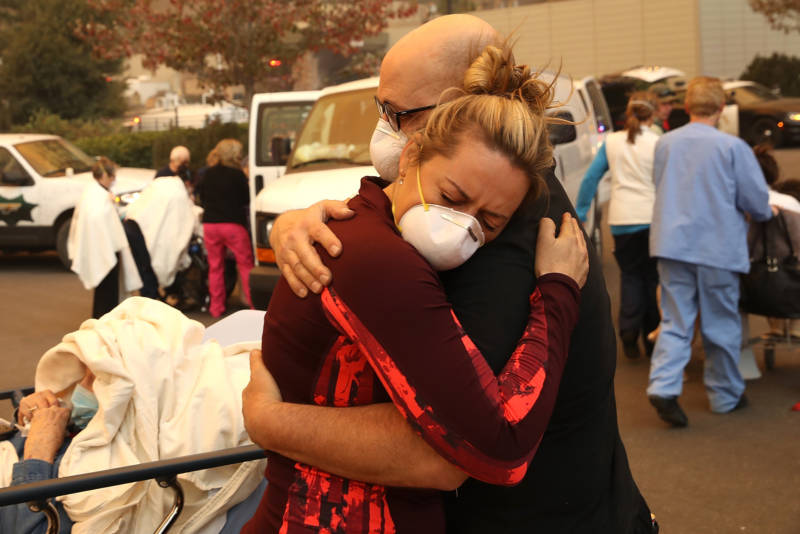Gov. Gavin Newsom, who entered office in January amid a mounting wildfire crisis, will outline a series of possible ways forward for California including a proposal to create a re-insurance fund run by the state, according to people familiar with the discussions.
The insurance fund is aimed at making future fire victims financially whole, while also protecting publicly traded utilities from insolvency. The concept has been percolating around the Capitol for weeks.
The proposal will be one of several included in a report, set to be issued Friday, outlining what Newsom's administration believes are the key areas that need to be tackled to protect California from the devastating wildfires it has witnessed in recent years — and make sure that PG&E is the only major California utility that ends up in bankruptcy proceedings this year.
PG&E filed for Chapter 11 bankruptcy protections in January, citing $30 billion in potential liabilities from two years of devastating wildfires.
Newsom's report will also at least broach two other controversial topics: Reforming the California Public Utilities Commission, and revisiting state liability laws that can leave utilities on the hook for damages even when they are not negligent.
A Balancing Act
The governor is not expected to make a definitive legislative proposal, however, on any of the ideas included in the report.

